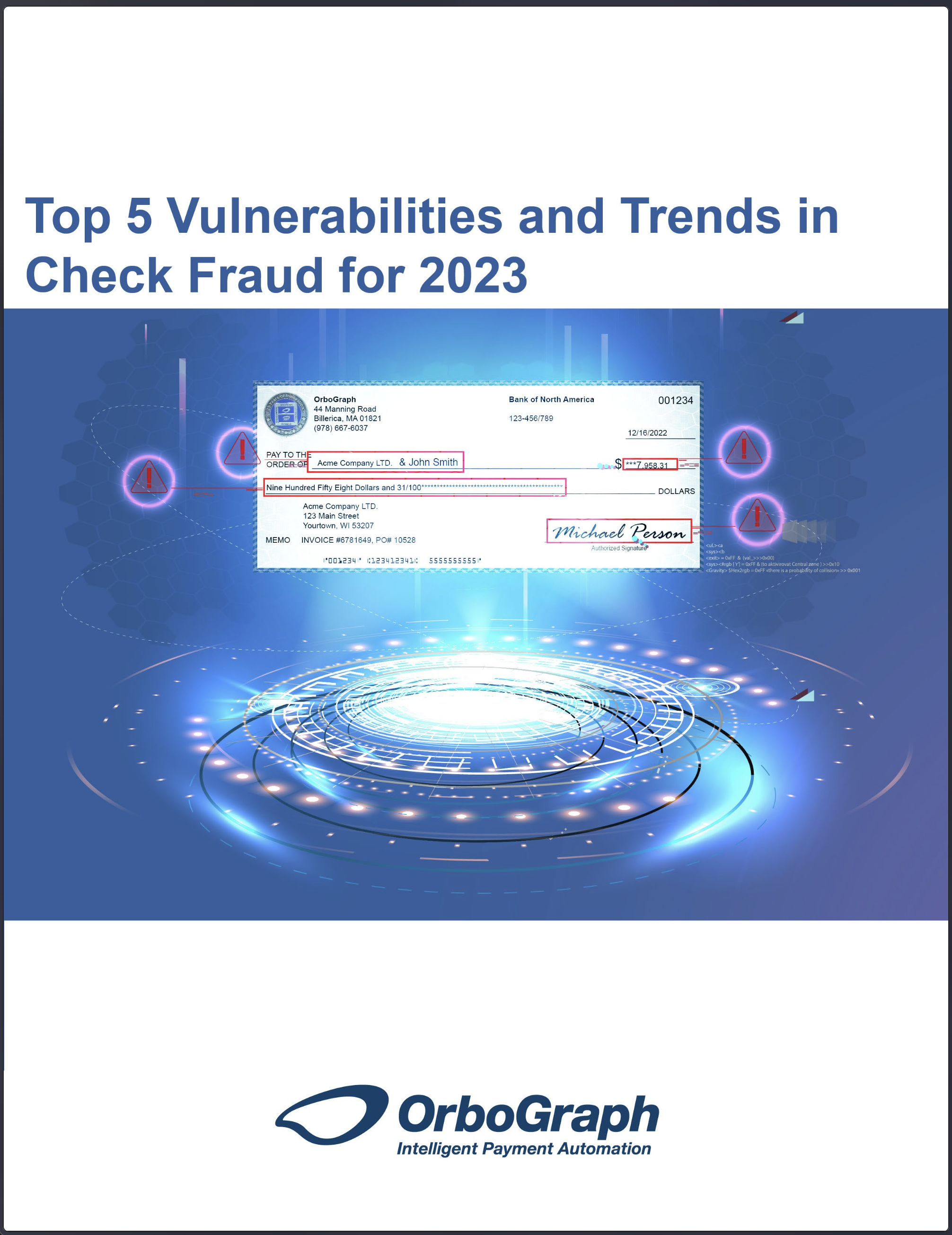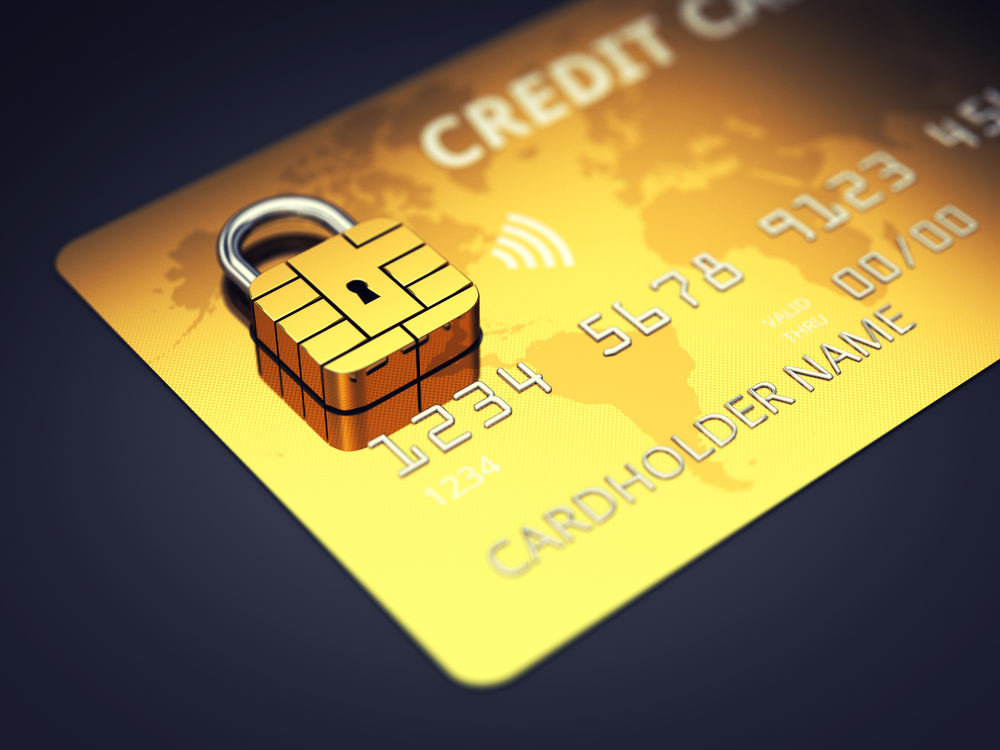Identifying the Top 5 Vulnerabilities and Trends in Check Fraud for 2023
While there are no specific data points to reference just yet, we can conclude from conversations with our partners and clients within the banking industry that check fraud saw another surge in 2022 -- and there are no signs of it slowing down.
From our newest eBook entitled Top 5 Vulnerabilities and Trends in Check Fraud for 2023:
Ask anyone in the banking space and they will tell you - check fraud is back and is surging. The last benchmark of 2018 showed estimates of $15B in fraud attempts, translating into $1.3B in losses. Most experts and financial institutions agree that attempts are up 300%+ from pre-pandemic levels.
And that’s not limited to merely growing instances of check fraud. We are also seeing the methodology evolve, with sophisticated online marketplaces -- via the “dark web” -- aiding bad actors with the tools needed to perpetuate and streamline check fraud. There has also been a very disturbing rise in assaults of mail carriers to steal keys that open blue USPS public mailboxes, as well as pilfering carriers checks that are out for delivery.

What Factors Led to the Surge in Check Fraud?
As we noted in a previous blog, the check fraud surge can be correlated with the introduction of EMV chips. Since then, checks were a focus for fraudsters, as checks were considered more vulnerable than other payments.
Additionally, technology adopted by both the banks and customers is a key factor:

The adoption of self-service deposit channels in mobile RDC and ATM deposit processing have grown in popularity, providing an exploitable avenue for fraudsters. The COVID pandemic made these deposits not merely popular, but commonplace and crucial. As their availability widened and they became familiar tools, fraudsters were able to take advantage. Furthermore, fraudsters can now commit check fraud without ever having to be seen (face-to-face with teller). These self-service channels have enabled fraudsters to either wash checks and deposit via mRDC, or deposit a check via ATM. Banks have a wide range of funds availability techniques but stronger defenses are needed.
And, of course, we cannot forget the $2B stimulus package passed by Congress that presented a massive opportunity for fraudsters. All these factors contributed to the surge in check fraud over the past decade.
Check Fraud Trends in 2023
With all these in mind, here are the top 5 trends for check fraud in 2023:
As check fraud and their tactics continue to evolve, banks and fintechs alike will need to continue to evolve their technologies to mitigate risks and decrease fraud attempts and losses.